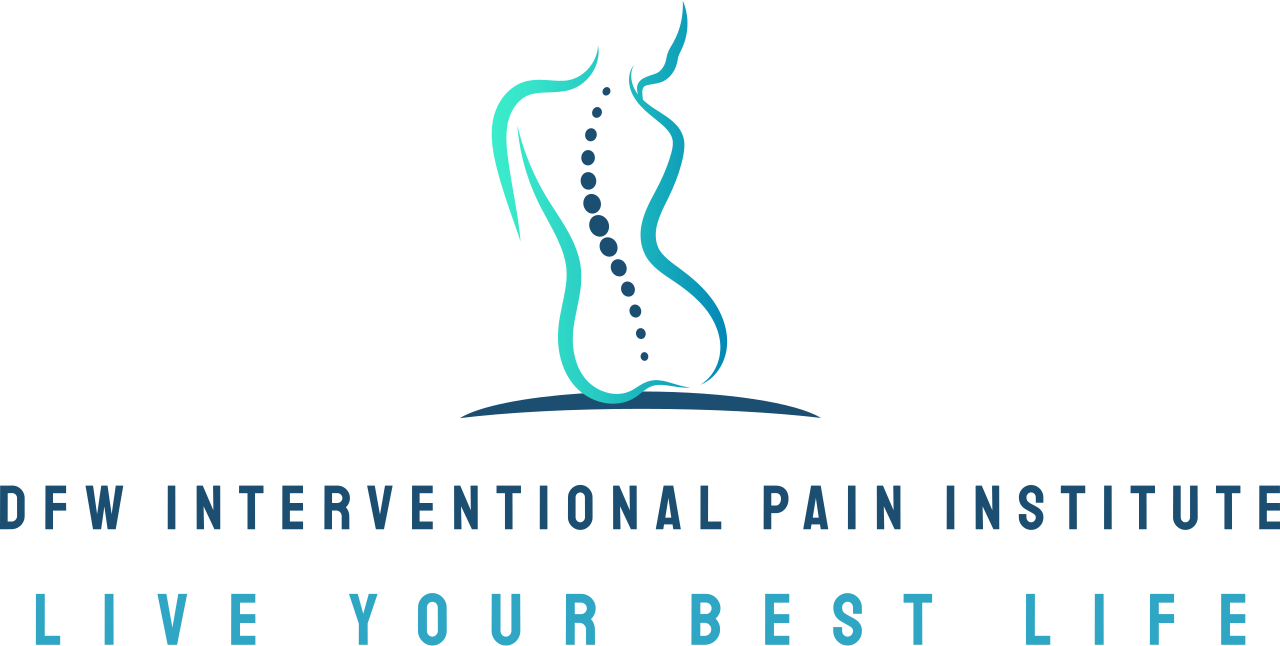What you should know about regenerative therapy
In today's fast-paced world, the demand for innovative healthcare solutions is higher than ever. Enter regenerative therapy—a groundbreaking approach that's designed to rejuvenate the body from within. This blog post will guide you through everything you need to know about regenerative therapy, its types and how we use regenerative therapy at DFW Interventional Pain Institute.
What is regenerative therapy?
Definition and history
Regenerative therapy is a medical treatment aimed at harnessing the body's natural healing abilities to repair and regenerate damaged tissues. Unlike traditional treatments that often focus on managing symptoms, regenerative therapy strives to address the root cause of ailments. This innovative approach has roots dating back to the early 20th century but has gained significant traction in the last few decades due to advancements in medical technology and research.
Importance in modern healthcare
The importance of regenerative therapy in modern healthcare cannot be overstated, especially in how Dr. Lopez uses it with his patients at DFW Interventional Pain Institute. It offers a less invasive alternative to surgery, reduces recovery time and minimizes the need for long-term medication. By enabling the body to heal itself, regenerative therapy presents a promising solution for various chronic conditions and injuries, making it an essential component of contemporary medical practices.
How regenerative therapy works
Repairing, healing and supporting
Each type of regenerative therapy operates through unique mechanisms. Stem cell therapy works by differentiating into the required cell types and releasing growth factors that promote tissue repair. PRP therapy harnesses the healing properties of platelets, which contain growth factors that accelerate tissue regeneration.
No matter the method, the idea is to stimulate the healing properties of the body, which we consider a better treatment than managing symptoms when it's applicable to the patient. In many cases, regenerative therapy is not a good treatment option, and Dr. Lopez will work with the patient to determine if he or she is a good candidate for regenerative therapy.
Case Studies and Success Stories
Numerous case studies and success stories highlight the effectiveness of regenerative therapy. Athletes like Kobe Bryant and Tiger Woods have credited PRP therapy for their speedy recoveries from injuries. Patients with arthritis have reported significant pain relief and improved mobility after undergoing stem cell therapy. These real-life examples underscore the potential of regenerative therapy to transform lives.
Types of regenerative therapy at DFW Interventional Pain Institute
Stem cell therapy
Stem cell therapy involves using undifferentiated cells capable of developing into various cell types. These cells can be harvested from multiple sources, including bone marrow, adipose tissue and umbilical cord blood. Once injected into the affected area, stem cells promote tissue repair and regeneration. This therapy has shown remarkable results in treating conditions like osteoarthritis, spinal cord injuries and heart diseases.
Platelet-rich plasma (PRP)
Platelet-rich plasma (PRP) therapy utilizes a patient's blood to accelerate healing. The process involves drawing blood, concentrating the platelets, and injecting the PRP into the injured area. Platelets are rich in growth factors that stimulate tissue repair and regeneration. PRP therapy is commonly used for sports injuries, tendinitis, arthritis and hair loss treatment.
Conditions typically treated with regenerative therapy
Below are some examples of conditions typically treated with regenerative therapy. Though this is not a complete list, it can give you an idea of how the process works using actual examples.
Osteoarthritis
Osteoarthritis is a chronic joint condition that's caused by the wearing of cartilage in specific joints, such as what often causes (as an example) knee pain. Traditional treatments focus on managing pain and inflammation, often providing only temporary relief. Regenerative therapy offers a promising alternative by addressing the underlying cause of the osteoarthritis. Stem cell therapy and PRP injections can reduce inflammation, promote cartilage repair and alleviate pain, significantly improving the quality of life for arthritis patients.
Chronic wounds
Chronic wounds, such as diabetic foot ulcers and pressure sores, are challenging to treat and can lead to severe complications. Regenerative therapy has shown great promise in accelerating wound healing and reducing the risk of infection. Techniques like stem cell therapy and tissue engineering can stimulate tissue regeneration, enhance blood flow and promote faster healing of chronic wounds.
Spondylolisthesis
Spondylolisthesis occurs when a vertebra slips forward over the bone below it, leading to back pain, stiffness and nerve compression. Traditional treatments primarily focus on pain management and physical therapy. However, regenerative therapy offers a promising alternative by targeting the underlying tissue damage. Stem cell therapy and PRP injections can promote tissue repair, reduce inflammation and potentially stabilize the affected vertebrae, providing relief and improving spinal function for patients.
Spinal stenosis
Spinal stenosis is a condition characterized by the narrowing of the spinal canal, which can compress the spinal cord and nerves, leading to pain, tingling, and numbness in the back and limbs. Traditional treatments often include pain medications, physical therapy or invasive surgeries to relieve the pressure. However, regenerative therapy provides a less invasive approach, utilizing stem cell therapy and PRP injections to promote tissue repair and reduce inflammation. By enhancing the body's natural healing processes, regenerative therapy can alleviate symptoms and improve function for individuals suffering from spinal stenosis.
Sports injuries
Athletes and active individuals often suffer from injuries that can sideline them for weeks or even months. Regenerative therapy offers a faster and more effective recovery by targeting the injury's root cause. Stem cell therapy and PRP are commonly used to treat torn ligaments, muscle strains and joint injuries, helping athletes return to their peak performance levels.
The benefits of regenerative therapy
Faster recovery times: Patients often experience quicker recovery compared to traditional treatments.
Reduced pain and inflammation: Therapies like PRP and stem cell injections can significantly decrease pain and inflammation in the affected area.
Minimally invasive procedures: Many regenerative therapies are minimally invasive, reducing the risk of complications and shortening hospital stays.
Promotes natural healing: By using the body's own cells and growth factors, regenerative therapy enhances the body's natural ability to repair tissues.
Improved function and mobility: Patients typically see improvements in joint function and overall mobility post-treatment.
Lower risk of side effects: Since the therapies use the patient's own cells or blood, there is a reduced risk of adverse reactions.
Potential to avoid surgery: Some patients can forgo invasive surgical procedures by opting for regenerative therapy.
We can answer any regenerative therapy questions you may have at DFW Interventional Pain Institute.
In conclusion, regenerative therapy represents a paradigm shift in modern medicine. Its ability to harness the body's natural healing mechanisms offers a promising alternative to traditional treatments, addressing the root cause of various conditions. From sports injuries to chronic wounds and arthritis, regenerative therapy has demonstrated remarkable efficacy in promoting tissue repair and regeneration.
If you're curious about how regenerative therapy can transform your health, reach out to us at DFW Interventional Pain Institute for a consultation. Our team of experts is dedicated to helping you explore the benefits of regenerative therapy and guiding you toward a healthier, pain-free future.
Don't wait; take the first step towards revitalizing your health today!

